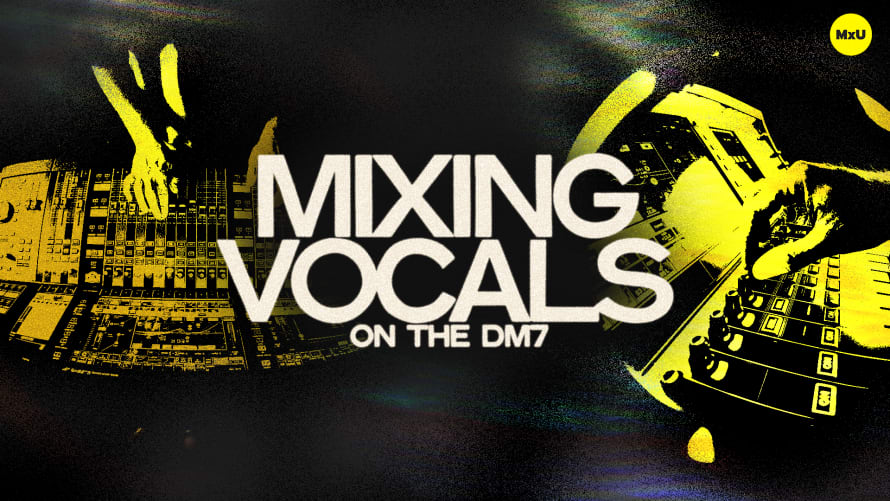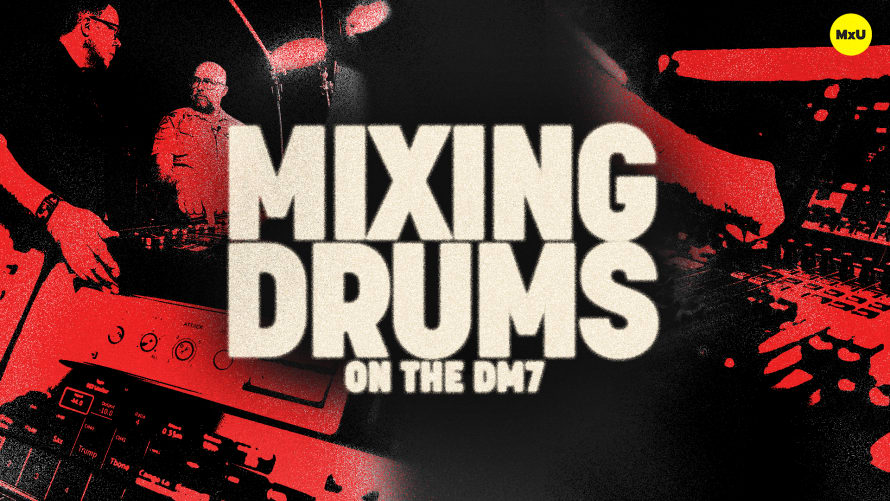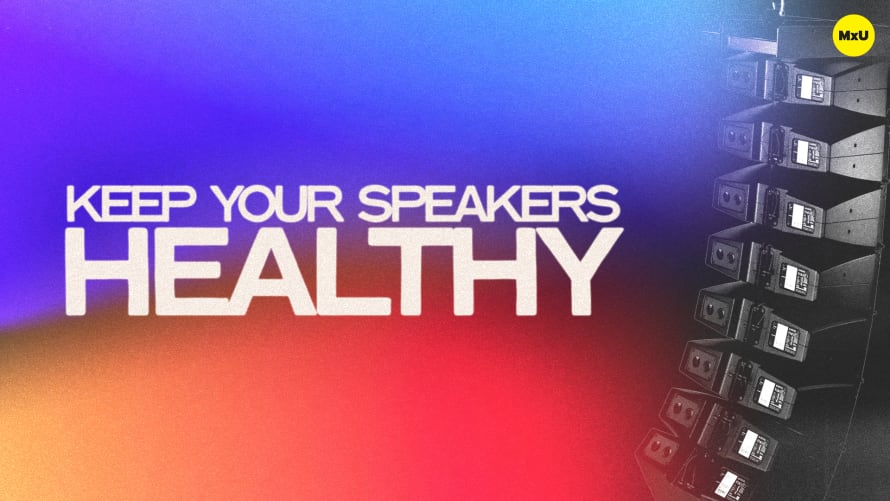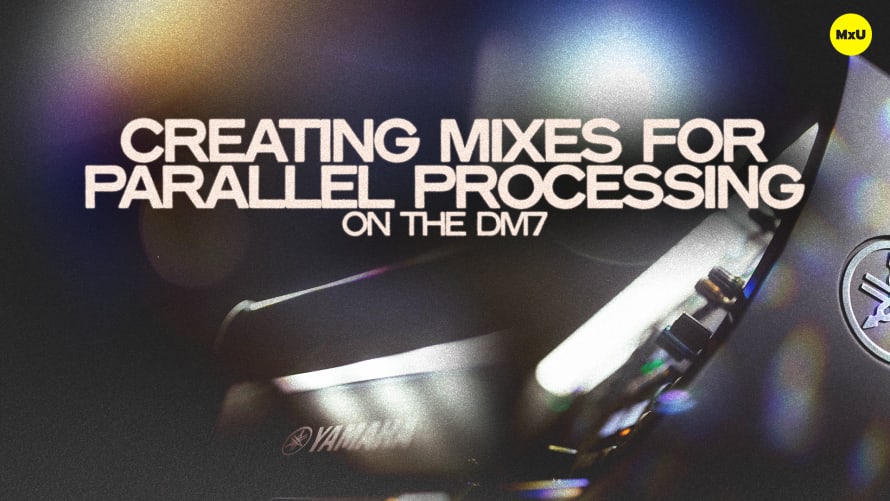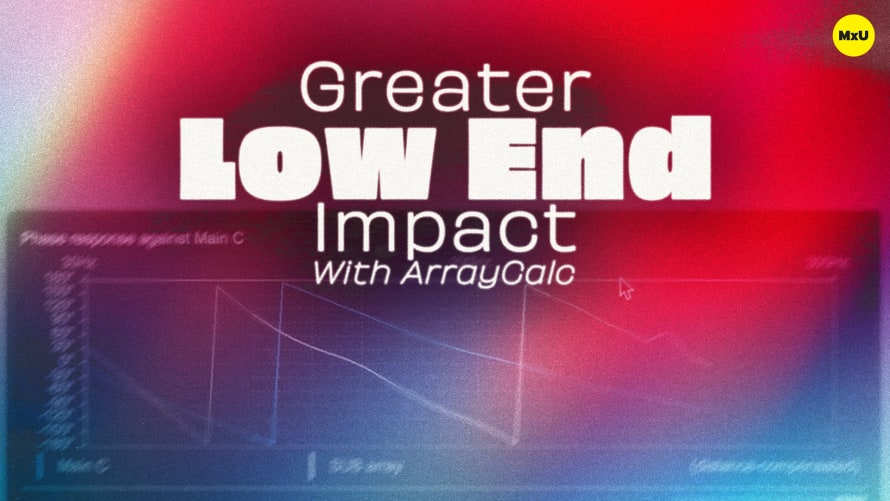Mixing a Full Band on the DM7

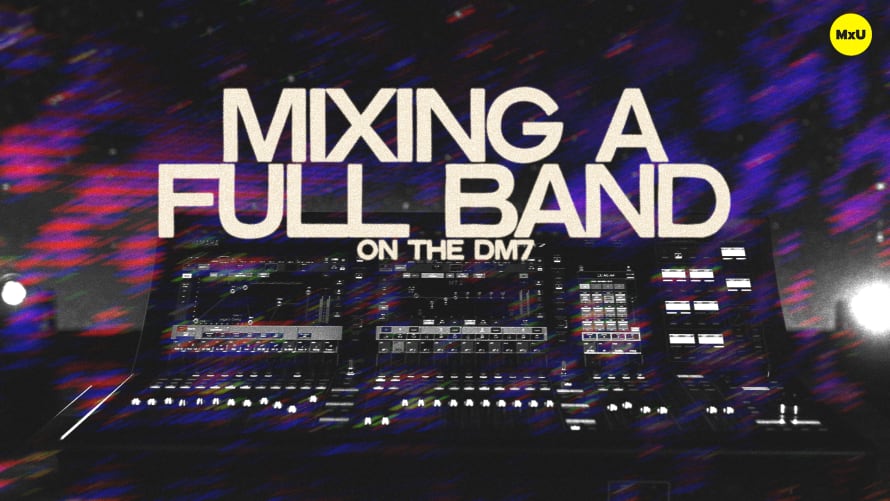
Continue watching
Sign up to continue watching Mixing a Full Band on the DM7
Pricing
Starting at $19.95 /mo
More in MxU
Jeff and Russ mix a full band using the Yamaha DM7, including bass, keys, guitars, and tracks. They emphasize the importance of managing stereo inputs and integrating various instruments into a mix that sounds cohesive. Learn how to efficiently utilize the DM7’s features to enhance your services, focusing on the subtleties of compression, EQ, and effects.
Key Points:
- Stereo inputs are condensed into single faders on the Yamaha DM7, which simplifies the mixing process and maximizes console real estate.
- When processing a bass guitar, it’s good to note that the use of compression can add color and level out the performance.
- Different compression models and plugin options are offered on the DM7, and they can be loaded and adjusted in the channel strip.
- The importance of controlling reverb and maintaining the instrument’s natural sound is essential.
- When mixing electric guitar, it’s important to focus on EQ adjustments to ensure the guitar doesn’t interfere with the vocals. Using compression can help to smoothen the guitar tone.
- For track channels, the best approach is to treat them as a collective unit, aiming for a general mix that complements the rest of the band, with minimal processing due to the quality of the recordings.
- Jeff and Russ walk through how to integrate each instrument into the mix, adjusting levels, and ensuring each element complements the others.
Learn to efficiently and creatively mix various instruments on the Yamaha DM7. The DM7 can easily handle complex input arrangements, making it a valuable resource to enhance your services.

